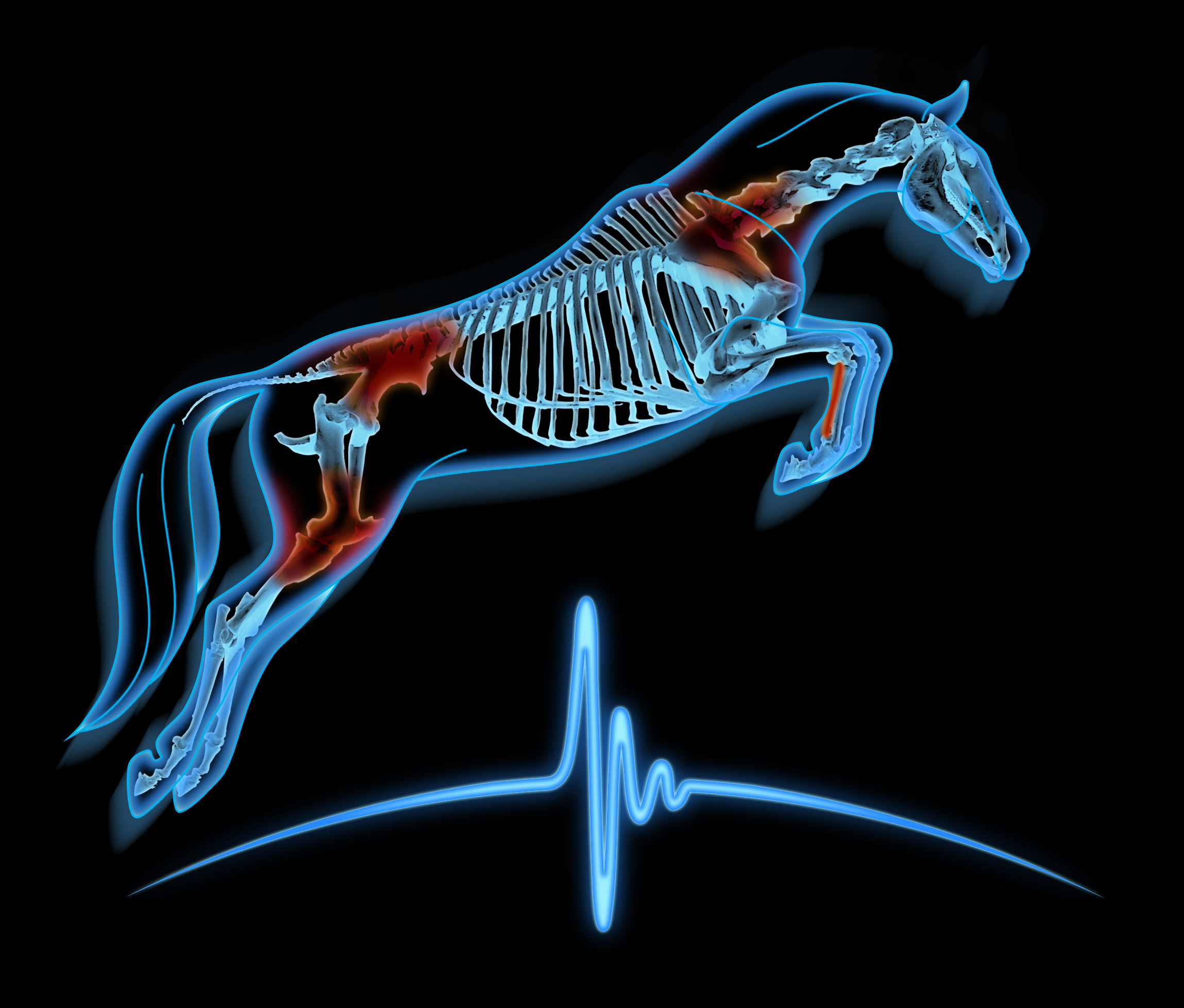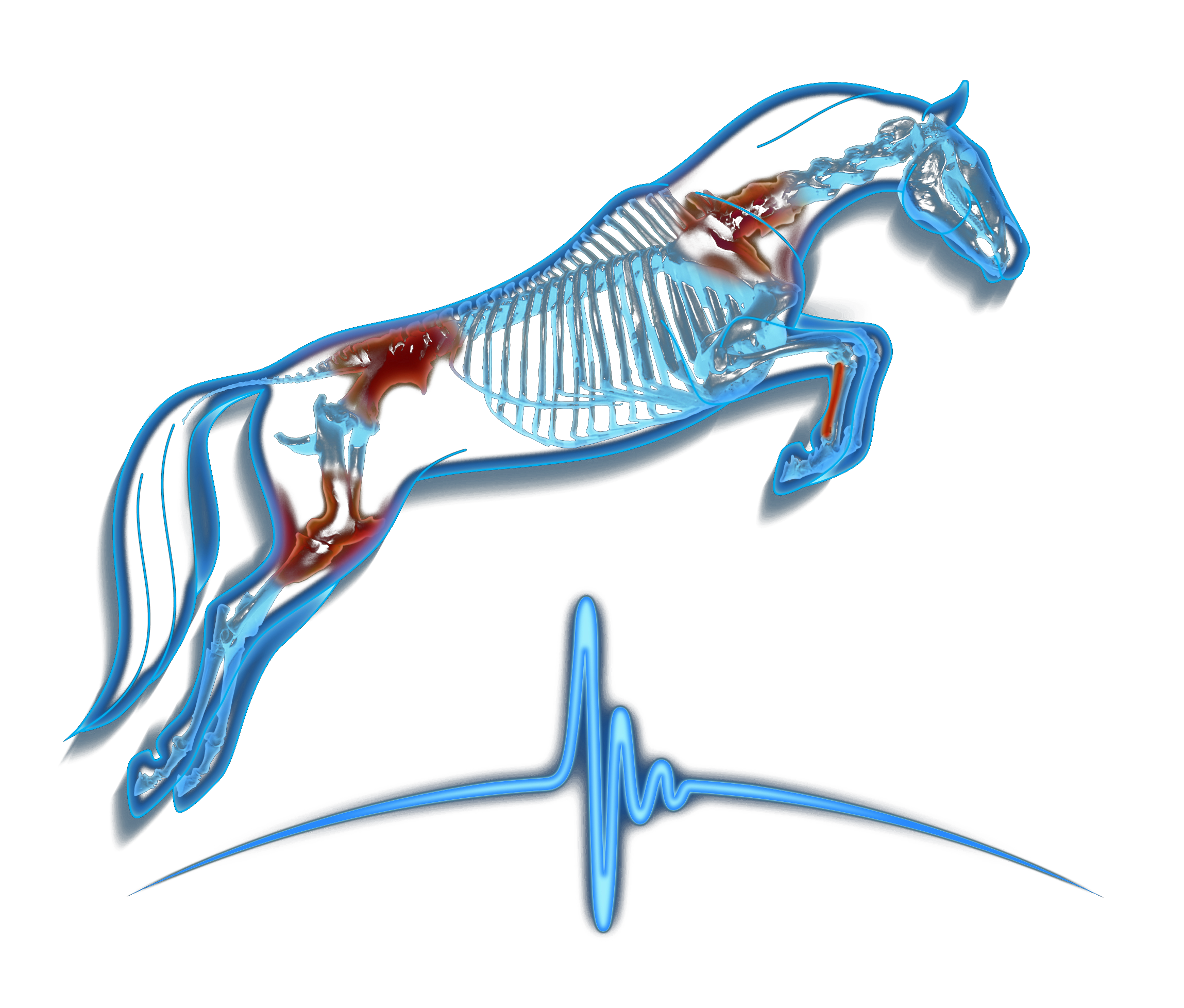Cooper Williams is one of only seven veterinarians in the United States who is certified by the International Society of Equine Locomotor Pathology in advanced ultrasound imaging.
Ultrasound imaging is an invaluable tool for assessing soft tissues. Traditionally, equine veterinary ultrasound is used for diagnosing digital flexor tendon injuries and assessing reproductive status. With advanced imaging techniques an ultrasound exam allows us to diagnose and treat many musculoskeletal injuries that would only be found through MRI or scintigraphy.
With advanced ultrasound techniques we can image the following areas:
- Distal front limb – foot, pastern, and fetlock joint
- Middle front limb – palmar fetlock, metacarpus and tendons, carpus, and carpal canal
- Proximal Front limb – forearm, elbow, and shoulder
- Distal hind limb – foot, pastern, fetlock, and metatarsus
- Middle hind limb- hock
- Proximal hind limb – stifle and thigh
- Neck and thoracolumbar area
- Lumbosacral area and pelvis
Tags: Services

